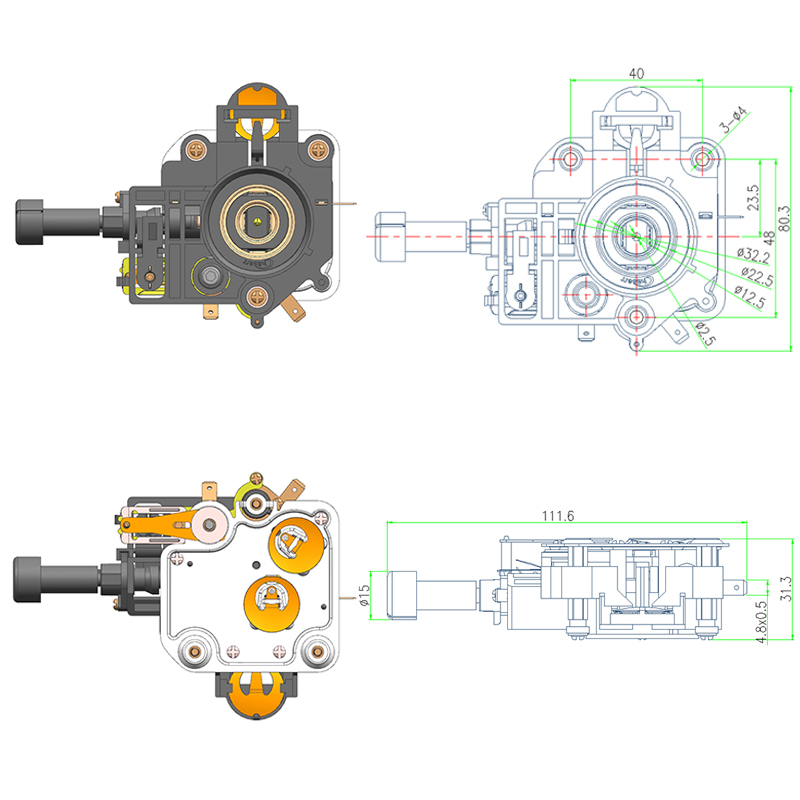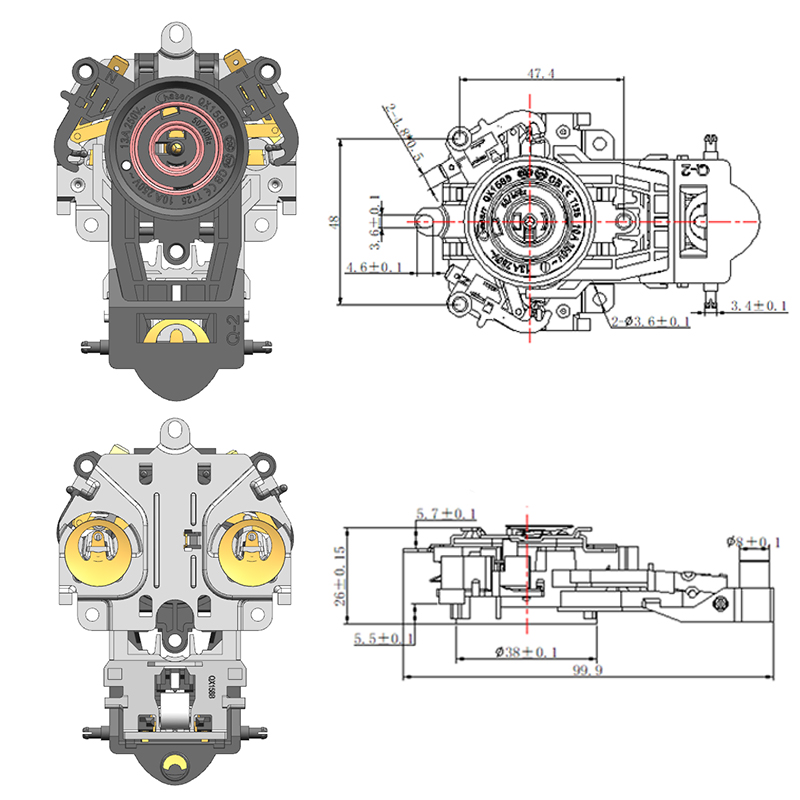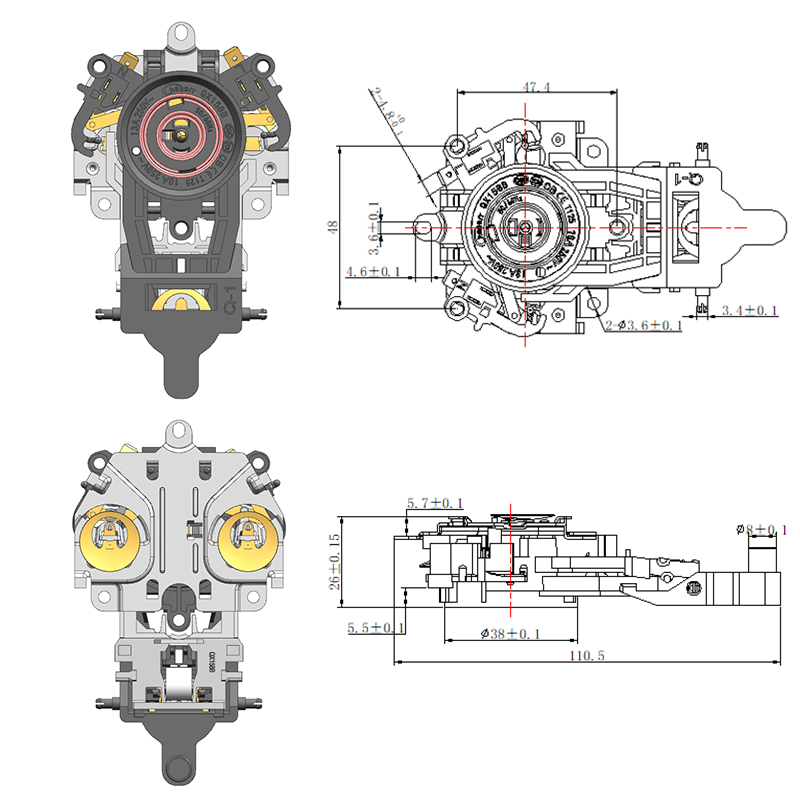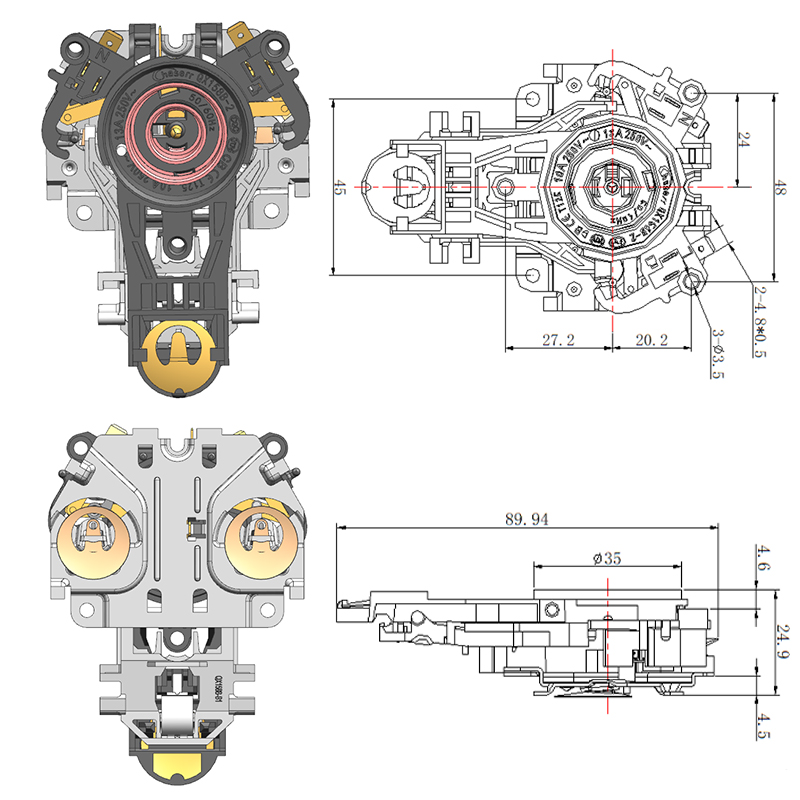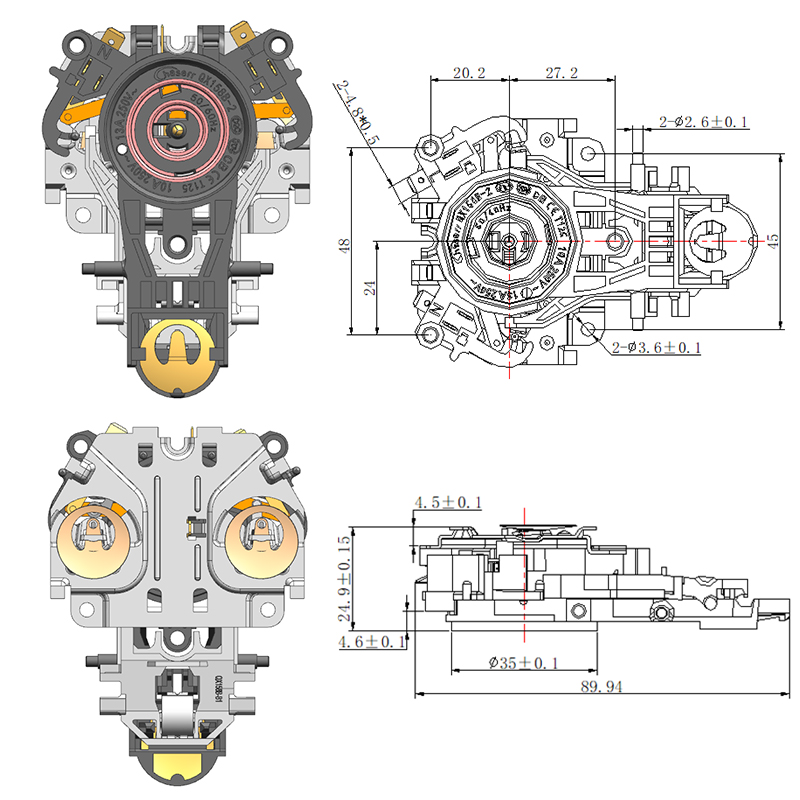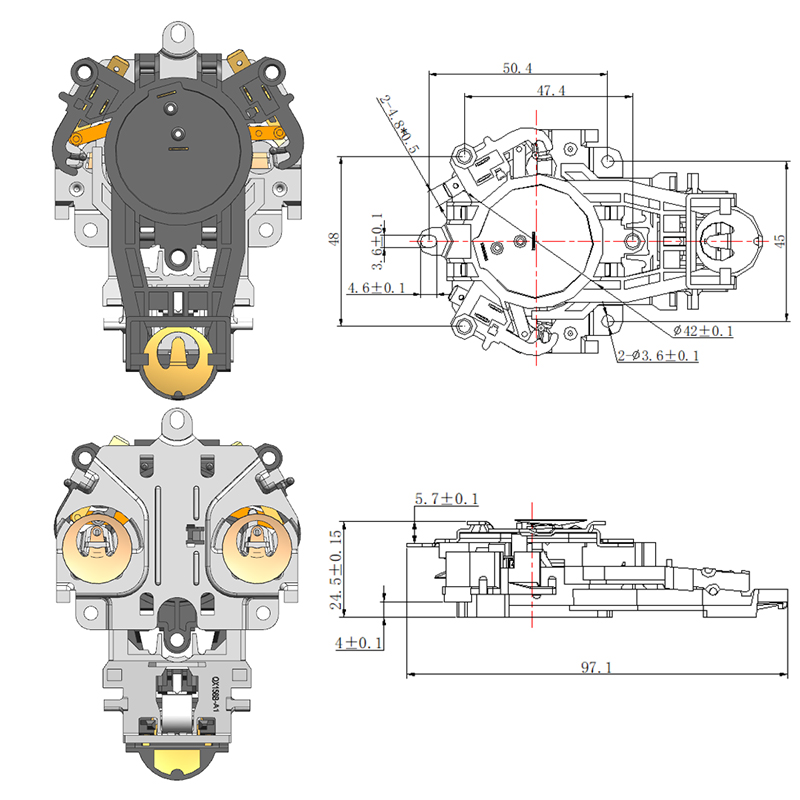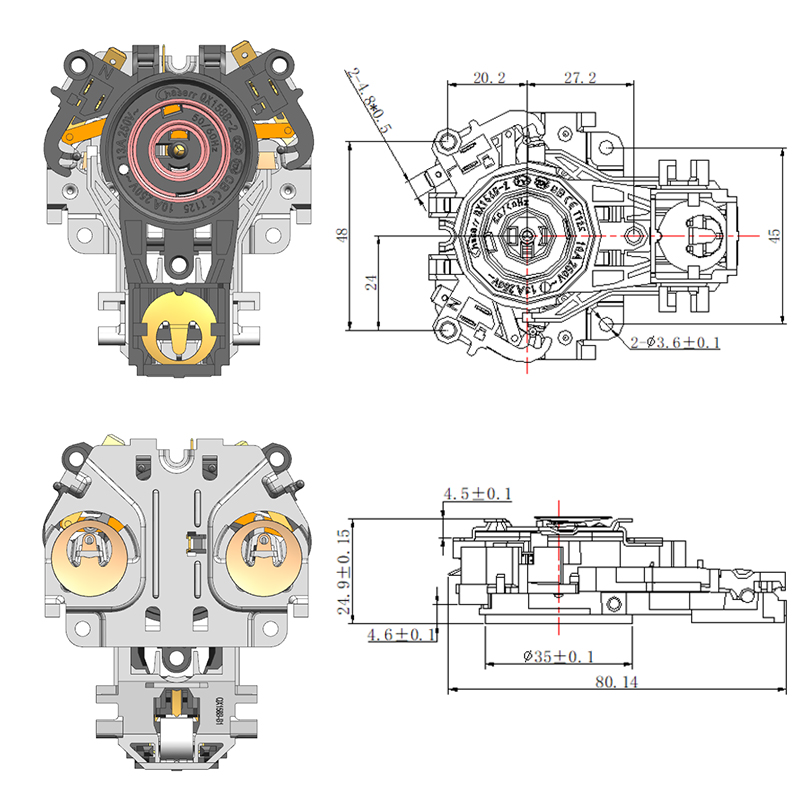The Role of the Water Kettle Thermostat in Preventing Overheating and Dry Boiling
Introduction to the Importance of Temperature Regulation
Electric kettles have become indispensable kitchen appliances due to their convenience and speed in boiling water. However, behind their simple operation lies a complex interplay of components designed to ensure safety and efficiency. Among these components, the Water Kettle Thermostat plays a critical role in preventing two major hazards: overheating and dry boiling. Overheating can cause damage to the appliance and pose fire risks, while dry boiling occurs when the kettle operates without sufficient water, potentially causing severe malfunction or hazards. Understanding the function and importance of the thermostat in these contexts reveals why it is central to kettle safety and longevity.
Preventing Overheating Through Temperature Control
Overheating occurs when the kettle's heating element continues to operate beyond the required boiling temperature, generating excessive heat that the appliance's design cannot safely dissipate. This situation can damage the Electric Kettle Heating Plate and other internal parts, causing premature wear or permanent failure. Moreover, overheating can pose safety hazards, including melting plastic components, electrical shorts, or fires.
The thermostat's precise temperature detection prevents this scenario by cutting off power as soon as boiling is achieved. Its reliable switching mechanism ensures that the kettle does not exceed safe operating temperatures. In advanced models, the thermostat may work in conjunction with thermal fuses or secondary safety switches to provide redundant protection, further reducing the risk of overheating-related damage.

Enhancing Safety with Dual Protection Systems
Modern electric kettles often incorporate a combination of thermostatic control and additional safety features to enhance protection against overheating and dry boiling. These may include a thermal fuse that permanently cuts power if temperatures exceed a critical threshold or an independent boil-dry sensor that detects the presence of water.
Together, these systems work in tandem with the Water Kettle Thermostat to ensure the kettle operates safely under all conditions. By shutting off the power during abnormal situations, the appliance avoids damage, reduces repair costs, and provides peace of mind to users.
Maintaining Thermostat Functionality for Long-Term Safety
To keep an electric kettle safe and efficient, regular maintenance is important. Mineral deposits from hard water can build up on the heating plate, affecting heat transfer and potentially causing the thermostat to react improperly. Descaling the kettle periodically helps maintain suitable contact between water and the heating plate, ensuring the thermostat functions accurately.
If a kettle frequently overheats or fails to shut off, it may indicate a malfunctioning thermostat or a damaged heating plate. In such cases, prompt repair or replacement is essential to avoid safety risks.
Conclusion
The Water Kettle Thermostat is a vital safety component that prevents both overheating and dry boiling in electric kettles. By regulating the power supply to the Electric Kettle Heating Plate based on temperature feedback, it ensures the kettle operates efficiently and safely. This mechanism not only protects the appliance's internal parts but also safeguards users from potential hazards. Proper maintenance and awareness of the thermostat's function can prolong the life of the kettle and enhance its safe operation, underscoring the importance of this often-overlooked component in

 English
English  中文简体
中文简体  Español
Español 
